Mark Fisher has made his living selling real estate in Leelanau. Years ago, he purchased seven acres along the shores of Lime Lake and thought he might build a home there one day. Wetlands and a beautiful, wide stream that flows into Lime Lake are present on the property. And so it took him nine years and several rewrites of his permit application before finally earning approval from the Department of Environmental Quality (DEQ) to build there.

In the meantime, Mark became involved with the Lime Lake Association, and also sat on the Good Harbor Bay Watershed planning committee. In the process, he learned just how ecologically valuable his land was, and that of his neighbors. He scrapped his plans to build, and now has become an advocate for conserving a total of 31 acres owned by multiple landowners that are critical to preserving the clean waters of the lake he loves.
The Leelanau Conservancy is working with Mark and neighboring landowners in hopes of creating a “Lime Lake Preserve,” which will protect over 1,000 feet of natural shoreline. You can see Sugar Loaf from the crescent-shaped shore here and across the lake to the northeast is our 40-acre Teichner Preserve. Together, these two Preserves will help to safeguard Lime Lake’s stellar water quality.
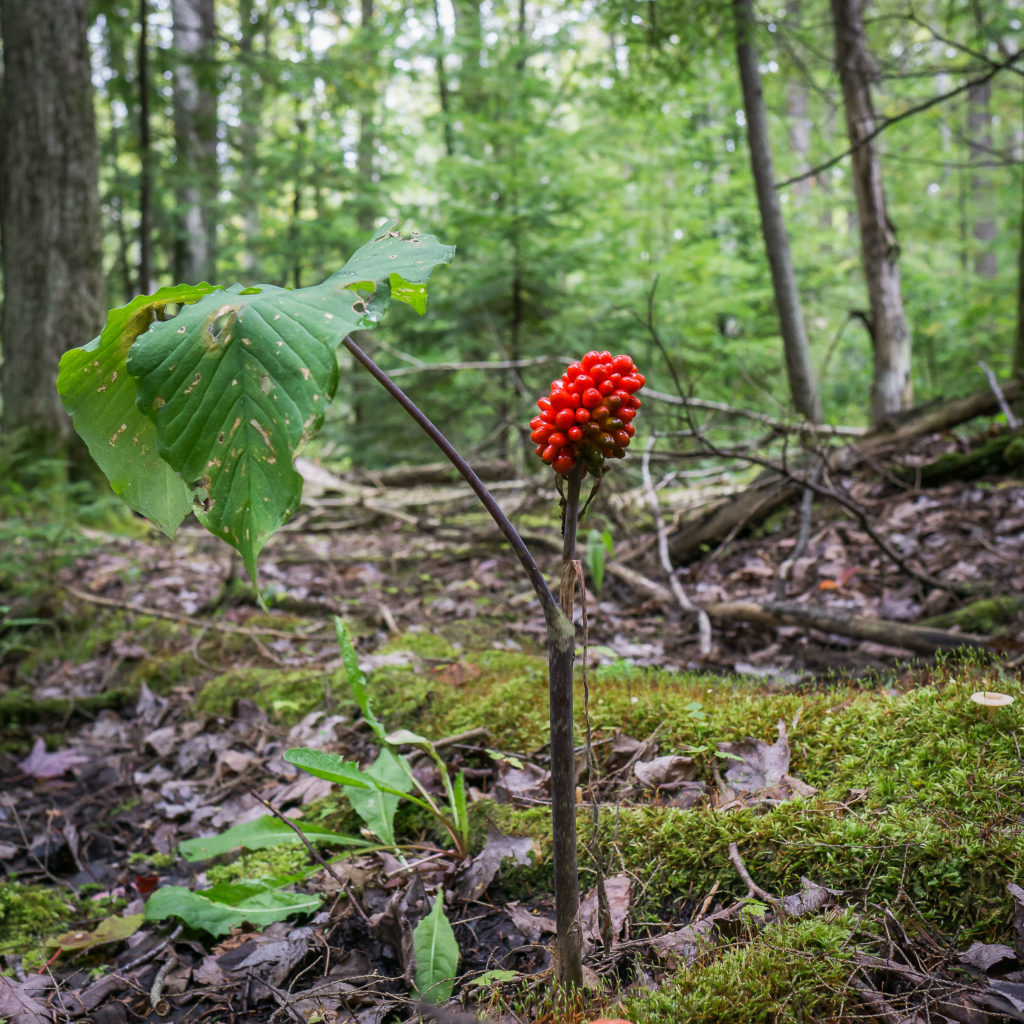
Mark and his wife, Betsy, will donate half of their land’s value toward the eventual purchase. “I’m older, and I’m smarter,” says Mark, who has lived on the lake for 40 years. “The long and short of it is that the largest amount of water entering Lime Lake flows through this area and it’s just the right thing to do. Last winter we were out on two-foot-thick ice and were amazed to see at least 100 feet out, all of the open water around the mouth of the stream. We’ve got an opportunity to leave a legacy and I know that you can’t replace this sort of environment. Once it’s gone, it’s gone forever.”
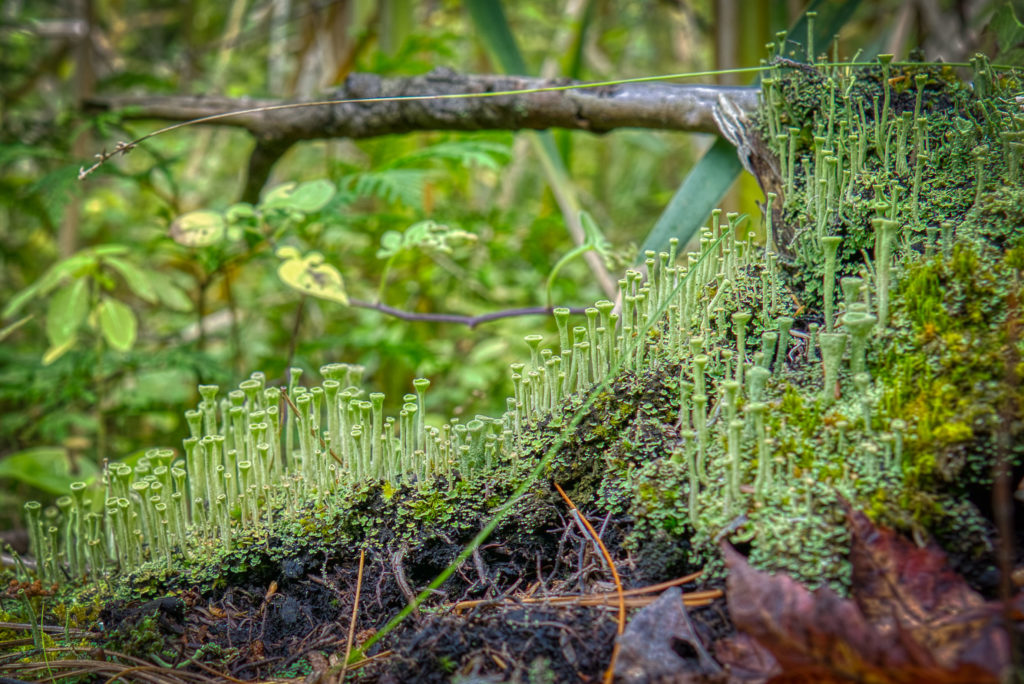
The wetlands here act like a giant sponge, sucking up rainwater and snowmelt from nearby hills and run-off from busy Maple City Highway, which runs parallel to the proposed Preserve. Wetlands also stem erosion, trap pollution, and slowly release cleansed water back into the lake.
This area also is a haven for wildlife. Eastern white hemlock, Northern white cedar, red maple and yellow birch are home to songbirds as well as the state-threatened red shouldered hawk. Eagles are frequently seen along the shore. In the wide, spring-fed stream that meanders through the wetlands, brook trout spawn and thrive. Snakes and toads, ducks and otter all use this area for feeding, resting, loafing, rearing, and nesting.
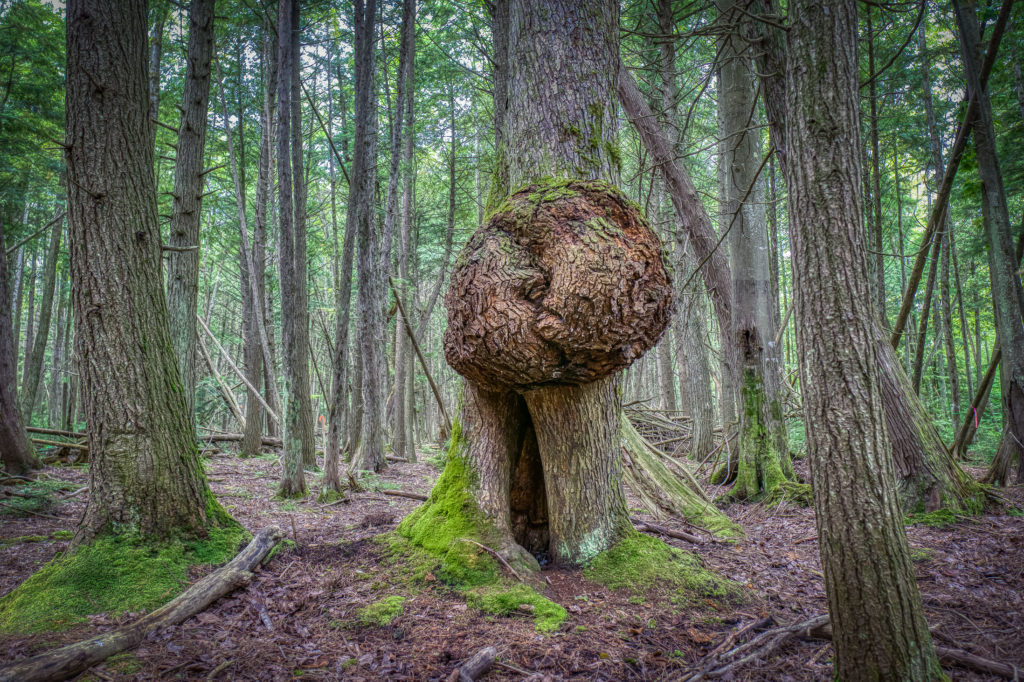
The first parcel of the new Preserve is now in hand, thanks to you. The Leelanau Conservancy had a short window in May to buy a 5.9 acre parcel that was most at risk of being developed. “Because of our incredible supporters, we had the funds on hand to act quickly,” says Tom Nelson, Executive Director. The former owner had wanted to build a 35×14-foot bridge over a beautiful stream, and install utility lines underneath it. That would have involved excavating 59 cubic yards of earth in a 400-foot long gash—threatening fragile streambank habitat in the process. The owner had also applied to truck in nearly 500 yards of dirt to fill the wetland, and construct a 630-foot long boardwalk.
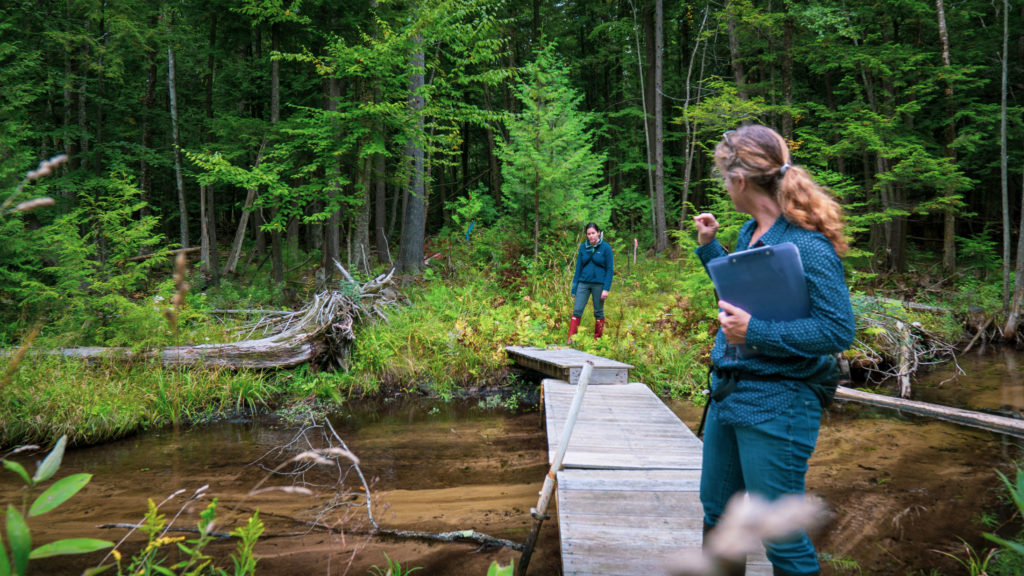
The DEQ denied the permit, citing “significant adverse effects on the natural resources associated with an unnamed stream and wetlands contiguous to Lime Lake.” The owner was getting ready to appeal the denial when Mark and a member of the owner’s family reached out to the Conservancy, seeing if a deal could be struck. “We were able to make it work, and to protect an ecological powerhouse that was at risk,” adds Tom.
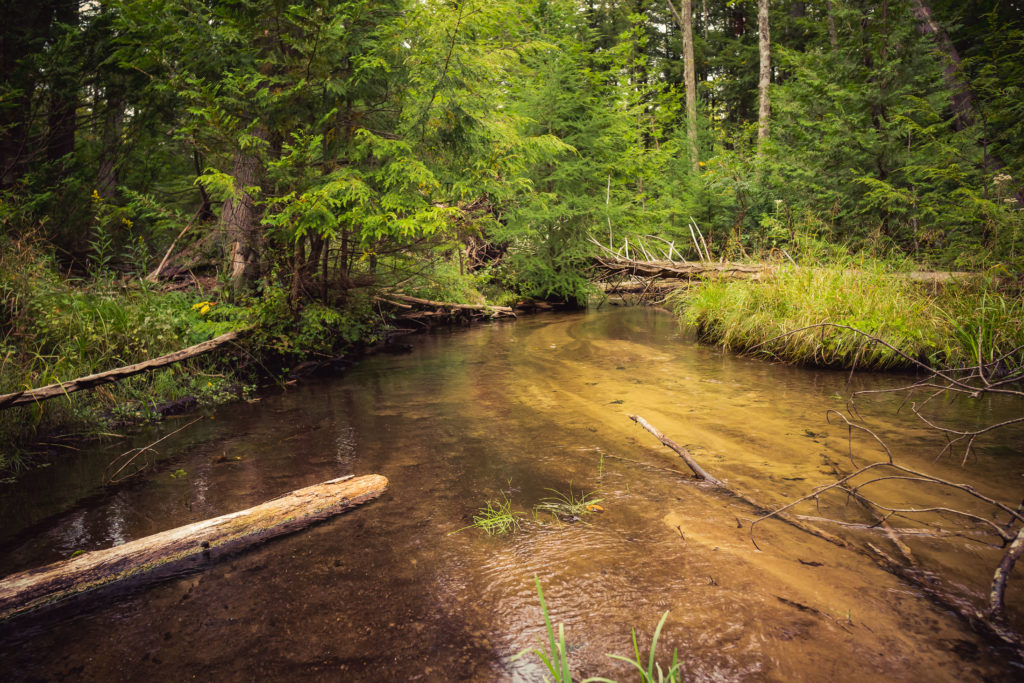
I visited the proposed Preserve in August with Land Protection Specialist Kim Hayes. Even then, during the dry season, it was hard to find places to walk that weren’t saturated. At times, our rubber boots sank into muck, and in order to reach the shore, we did some serious bushwhacking, climbing over downed trees. We passed cattails, Joe Pye weed and giant Jack-in-the Pulpit along a flagged path. Kim told me that when she toured the property in spring there was an amazing array of wildflowers.
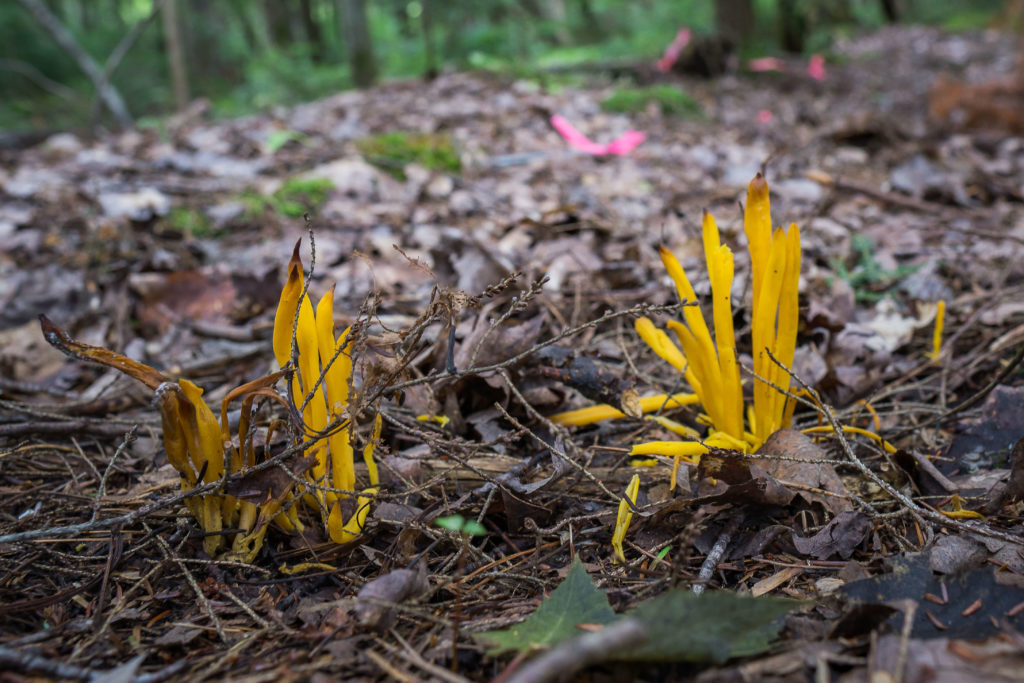
“It’s so nice to see such a healthy forest and mix of trees,” said Kim, pointing to a giant yellow birch, to a rotting log, to seedlings dancing in pockets of sunlight. “The impact of putting in a road and utilities here would be absolutely devastating to this healthy, intact system.”
Thanks to you, this special swath of land along Lime Lake will remain relatively untouched, and a new Preserve is on the horizon. Stay tuned for news about how you can help this project evolve. If you would like to learn more, please contact Meg Delor, Development Director. –Carolyn Faught; October 2019.
Wetlands—Why We Must Protect Them
Even though the State is charged with protecting wetlands, permits are often still granted and damage to these fragile ecosystems occurs. It’s highly likely that the landowner who wanted to put in a road and build on the parcel along Lime Lake that we obtained could have eventually done so via an appeal process.
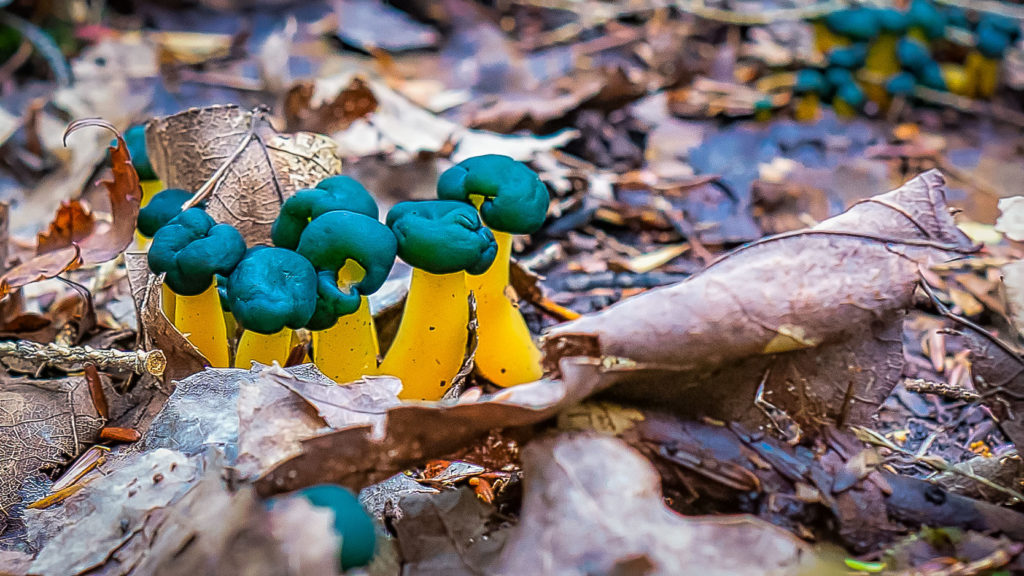
In Leelanau, only seven percent of our land mass consists of wetlands. When you think about the critical role that wetlands play, and the important wildlife habitat they provide, why wouldn’t we do everything we can to protect them?
The Environmental Protection Agency says that wetlands are the most productive ecosystems in the world, comparable to rain forests and coral reefs. They are home to an immense variety of species. Think of wetlands as “biological supermarkets” which provide an abundance of food that attracts all manner of animal species. Dead plant leaves and stems break down in water to form small particles of organic material, which feed many small aquatic insects and small fish. They in turn become food for larger fish, reptiles, amphibians, birds and mammals.




